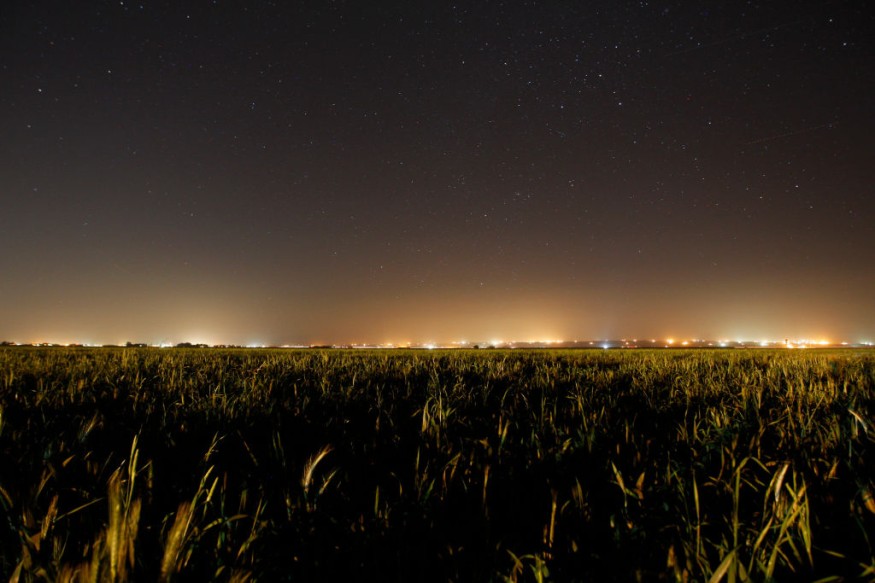Global light emissions from 1992 to 2017 shows rapid increase by at least 49% over 25 years, thanks to excessive artificial lighting.
This figure merely includes light visible from space. New research led by the University of Exeter estimates the increase may be significantly higher-up to 270% globally, and 400% in some regions.
While trends differ across regions, findings show that emissions have increased almost everywhere.

The light pollution from streetlights and homes was also speculated to have contributed to the huge decline of insect populations.
"The global spread of artificial light is eroding the natural night-time environment," said first author Dr Alejandro Sánchez de Miguel of the Environment and Sustainability Institute at the University Exeter. "This study provides clear evidence not only of how bad light pollution has become as a global problem, but also that it is continuing to get worse, and probably at a faster and faster rate."
LED lighting accompanied by rapid increases in light pollution
Authors say that transition to solid-state light emitting diode (LED) technology may have increased radiance in the visible spectrum as high as globally 270%, and up to 400% in specific regions. Installation of 'broad white' LED streetlights that is supposed to provide energy savings "has increased light pollution and also the impacts on organisms such as moths," said Dr Sánchez de Miguel.
LEDs are said to emit more blue light than previous lamp technologies and interrupts astronomical observations, as satellite sensors are blind to this blue light. Thus, it has become increasingly difficult to see stars in the night sky from any urban location due to spread of LED lighting.
Moreover, satellite data show that increasing light pollution was persistent in Asia, South America, Oceania and Africa.
In Europe, detected light increased until around 2010 and then levelled off, while it appears to be declining in North America.
Major impacts on the natural environment
Other studies are also confirming that light pollution from streetlights and other sources can have major impacts on the natural environment, specifically massive declines of insect populations.
"To take the UK as an example, if you ignore the effect of the switch to LEDs-which has been extensive-you get the false impression that light pollution has recently declined," said Dr. Sánchez de Miguel. "However, correcting for this effect shows it has really increased, and potentially very markedly."
"Contrary to popular belief, the installation of 'broad white' LED streetlights, whilst potentially providing some energy savings, has increased light pollution and also the impacts on organisms such as moths."
"Over the past 25 years, the transition to solid-state LED lighting has been accompanied by rapid increases in light pollution globally," Ruskin Hartley, Executive Director of the International Dark-Sky Association, stated.
"Without concerted action to reverse this trend, the impact on the natural environment will accelerate, further exacerbating the biodiversity crisis, wasting energy, and meaning a whole generation will grow up in perpetual twilight."
© 2025 NatureWorldNews.com All rights reserved. Do not reproduce without permission.





